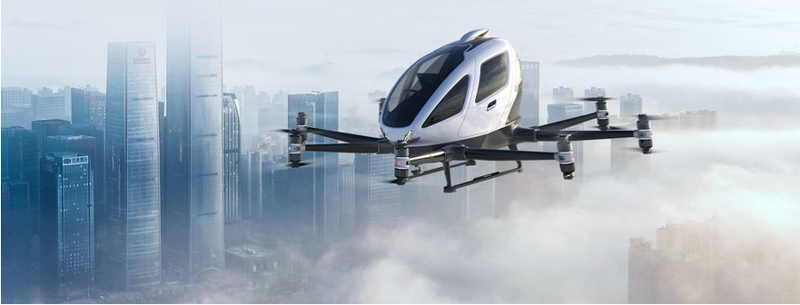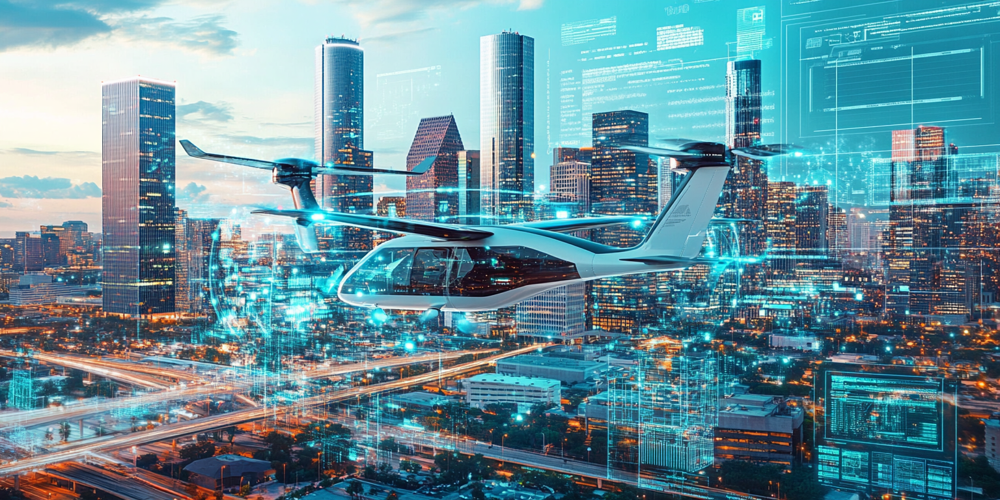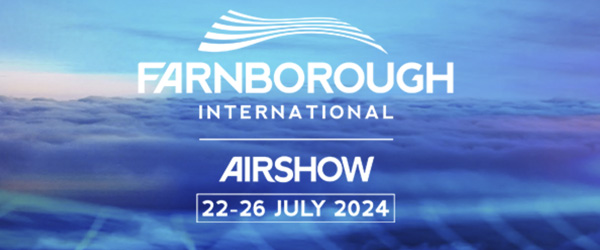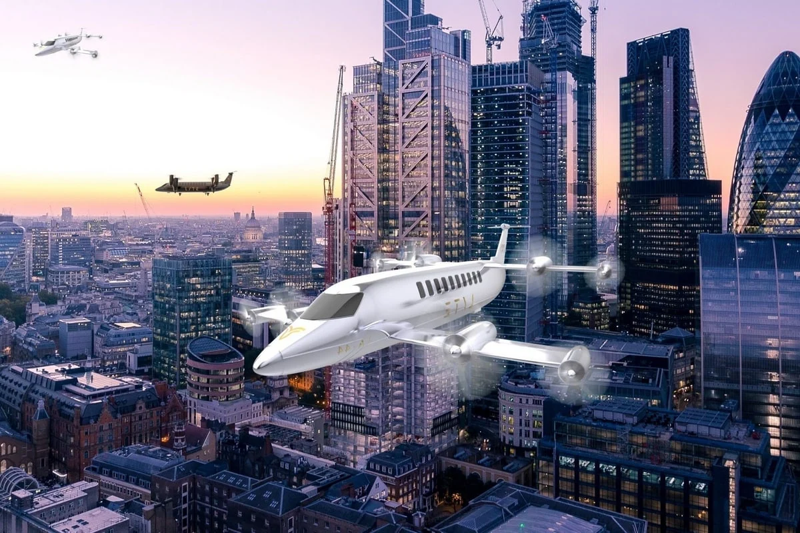The 2025 outlook for the vertiport and advanced air mobility (AAM) industry reflects a transformative period as the sector strives to transition from conceptualization to practical implementation. This rapidly evolving industry is dedicated to advancing urban air mobility, which promises to reshape how we travel within cities. It centers on innovative technologies, particularly electric and hydrogen-powered vertical take-off and landing (eVTOL) aircraft. These aircraft are engineered to take off and land vertically, making them ideal for crowded urban settings where traditional runways are impractical.
eVTOL News | Electric Aircraft News | Advanced Air Mobility News
News
EHang's Q2 2024 financial results showcase impressive growth and progress in the emerging urban air mobility (UAM) market, positioning the company as a frontrunner in the eVTOL industry. The company's performance and strategic developments paint a promising picture for its future.
The rapid development of the advanced air mobility (AAM) industry is fueling a growing need for specialized training in vertiport design and operations. As electric vertical takeoff and landing (eVTOL) aircraft move closer to commercial reality, the supporting ground infrastructure must be carefully planned and built to enable safe, efficient passenger services. This has led several universities, companies, and organizations to establish new educational programs to prepare professionals to master the unique challenges of vertiport development.
Advanced Air Mobility (AAM) represents a major shift in air transportation, leveraging cutting-edge technologies to revolutionize how we move people and goods. The Advanced Air Mobility (AAM) industry is poised for remarkable growth, with market projections suggesting substantial valuations. Numerous business segments within the AAM sector offer exciting and potentially lucrative investment opportunities for forward-thinking entrepreneurs and investors.
In a significant development for China's rapidly growing low-altitude economy, over 100 Chinese companies and research institutions have joined forces to form the China Low Altitude Economic Alliance. Officially established in Beijing in August 2024, the alliance aims to promote developing and implementing the low-altitude economy across cities in mainland China. The Chinese government, both at the central and local levels, is heavily promoting the development of the low-altitude economy.
FARNBOROUGH, U.K., July 23, 2024 – The ongoing 2024 Farnborough Air Show highlights significant advancements in eVTOL technology and strategic commitments to developing the necessary infrastructure and market for these innovative aircraft. The overall order flow for eVTOLs at the Farnborough Air Show was described as tepid. The emphasis was more on showcasing new technologies and forming strategic partnerships rather than announcing large-scale orders.
Lyte LA-44 SkyBus: Next-Generation Regional Aviation aircraft with Hydrogen-Electric VTOL Technology
A groundbreaking aircraft is poised to remake regional transportation in the rapidly evolving aviation landscape. The Lyte Aviation LA-44 SkyBus, a 40-seat electric Vertical Take-Off and Landing (eVTOL) aircraft, represents a bold step towards sustainable, efficient, and flexible air travel. By combining innovative design with cutting-edge hydrogen-electric propulsion, the LA-44 aims to bridge the gap between traditional commuter aircraft and the emerging world of urban air mobility.
The term "low-altitude economy" originated in China and refers to the economic activities and industries centered around civil manned and unmanned aerial vehicles operating at low altitudes, typically below 1000 meters. This emerging sector encompasses various activities utilizing UAVs (Unmanned Aerial Vehicles), eVTOLs (electric Vertical Take-Off and Landing aircraft), and other low-altitude flying vehicles for various applications.
Minnesota has become the second state in the U.S. to enact legislation regulating flying cars, following New Hampshire's lead with the passage of its "Jetsons Law," which will take effect on August 1, 2024. This new law establishes a framework for registering and operating "roadable aircraft," paving the way for a potential future where vehicles can transition seamlessly between road and sky.
The Moller Skycar, the brainchild of Canadian inventor Paul Moller, is a testament to the enduring dream of personal flight. It represents one of the earliest and most ambitious attempts to create a personal flying vehicle with vertical takeoff and landing (VTOL) capabilities. Conceived in the 1960s, the Skycar's journey is a fascinating tale of innovation, perseverance, and the relentless pursuit of a dream that paved the way for modern electric VTOL (eVTOL) aircraft despite its ultimate commercial failure.
- Zero-Emission Flight: Joby Aviation's Hydrogen eVTOL and the Future of Urban Air Mobility
- Airbus trials electric engines to power the future of flight
- Trajectory-Based Operations (TBO) Role in Air Traffic Management for AAM/UAM
- Joby Aviation's ElevateOS Receives FAA Approval: A Game-Changer for Urban Air Mobility
- Archer Aviation Groundbreaking Plans for the San Fransisco Bay Area Air Mobility Network
- Beijing Announces Ambitious Advanced Air Mobility eVTOL Plans
- Wisk Aero and Houston Airports Partner to Bring Autonomous Air Taxis to Greater Houston
- Quiet, Green, and Efficient: The eVTOL Revolution in Tourism
- FAA, EASA, and China: Contrasting Approaches to eVTOL Certification and Urban Air Mobility
- Urban Air Mobility (UAM) vs. Advanced Air Mobility (AAM)
.png)








